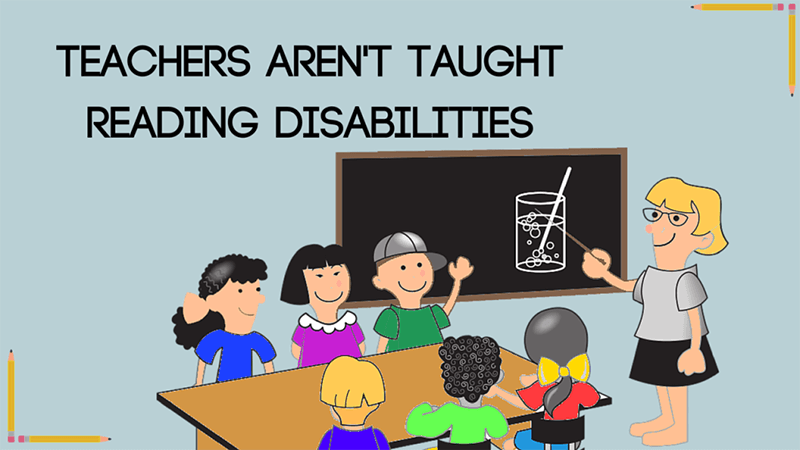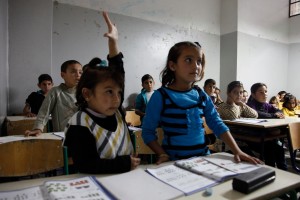Teachers Aren’t Taught Learning Disabilities
Written by Taylor Quinn
Published on April 29, 2016

Fifteen percent of Mississippi children didn’t pass the state’s reading test by third grade. Though, Mississippi is not the only state with reading scores lower than the national average. In 2013, thirteen other states scored below the national average in their 4th and 8th graders.
Teachers are just not adequately trained, a new report from the Barksdale Reading Institute says. Teachers are more than capable to help these children, but they aren’t taught to teach children with learning disabilities let alone identify them.
The group from BRI reviewed 15 traditional teacher preparation programs at 23 different sites in Mississippi and found inconsistencies throughout the programs. Many of the new teachers are taught strategies to teach literacy that are not even research-based. The programs varied on the hours required to spend on instruction and in the classroom.
For one early literacy course that is offered by all programs, the hours spent in class ranged from 14 to 40 among the prep programs, and the hours of fieldwork required ranged from zero to 20. These are huge discrepancies!
Even though the amount of time spent on teacher preparation programs since 2003 increased as a whole, this is not the case for most individual situations. The five components of early literacy are phonological/phonemic awareness, phonics, fluency, vocabulary, and comprehension.
The study found that 11 teacher prep programs do not teach letter formation, and 4 programs spend less than an hour teaching candidates about vocabulary.
Some teacher prep students said they were graded on the organization of their notebooks and were given tasks like reading 100 children’s books.
According to the BRI study, in 2015, only 31 percent of the state’s fourth-grade students scored proficient or advanced on the National Assessment of Educational Progress, compared to the national average of 35 percent. Only 21 percent of the state’s eighth-grade students were proficient or advanced.
Dyslexic students have trouble with content even if it is taught by someone trained to fit their needs. Since 1 in 5 children have a learning disability, this makes the lack of teacher education particularly concerning.
Martha Youman, who came out of college as a New York City Teaching Fellow with a Master’s degree, felt she did not know how to teach the “bottom third” of the class. She ended up giving them low-level busy work, to keep them from acting out. She did not have the proper training to help these kids, even with a master’s degree.
It wasn’t until she went back to school to get her Ph.D. that she truly learned about dyslexia. She was alarmed to find out that five to twenty percent of school-aged children have dyslexia.
Lexercise knows that teachers want to learn and help their students. We created the Mississippi dyslexia screener to help teachers identify children with dyslexia in their classroom. Additionally, Lexercise offers professional educational courses to learn the Structure of English and the Orton-Gillingham method to teach children with Learning Disabilities.
Improve Your Child’s Reading
Learn more about Lexercise today.
Schedule a FREE
15-minute consultation

